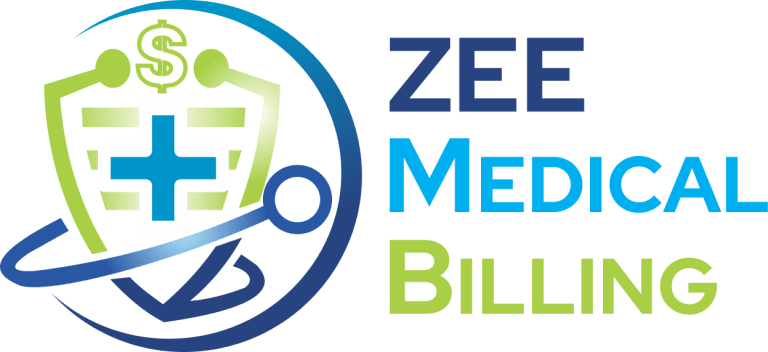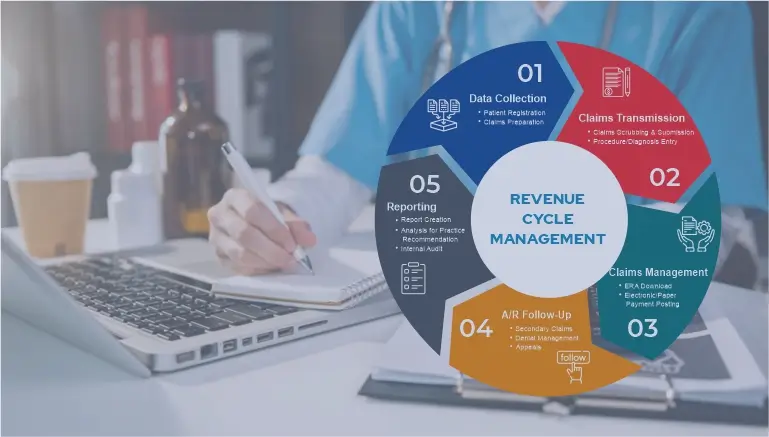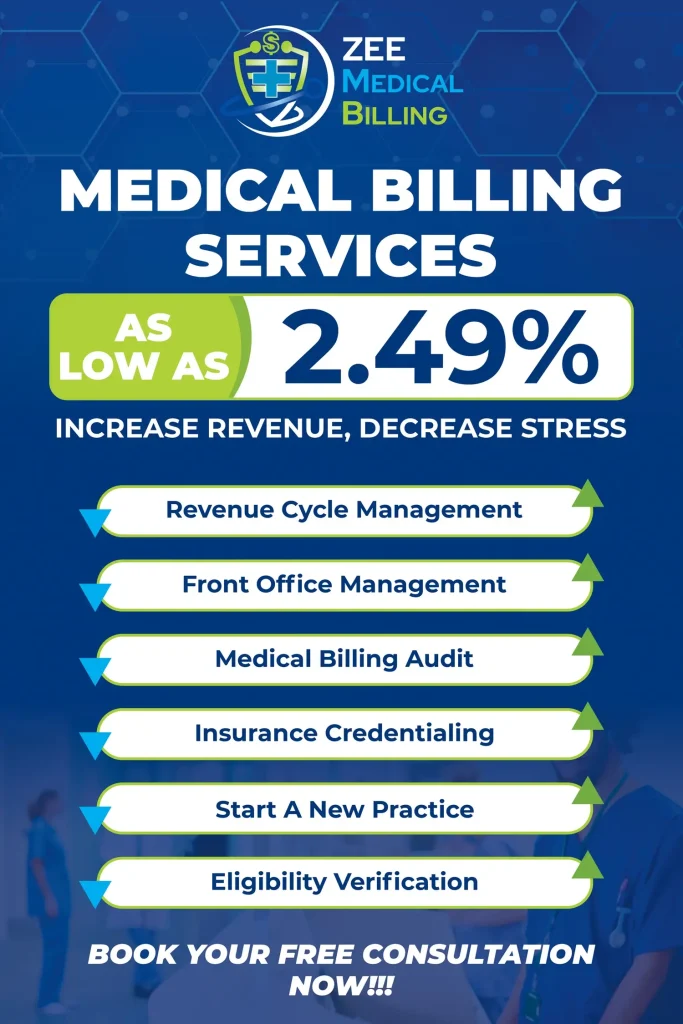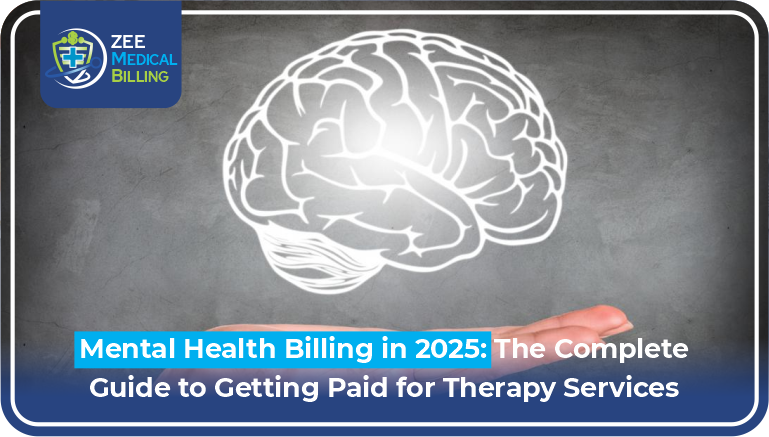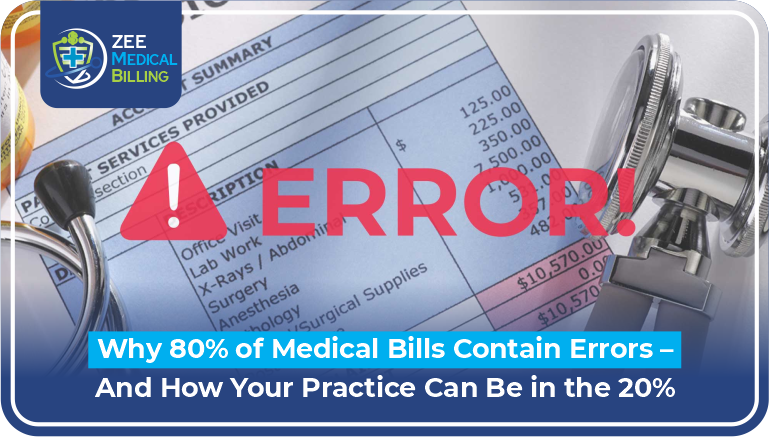Revenue cycle management (RCM) is a basic part of healthcare operations, guaranteeing that providers are repaid precisely and promptly for their services. Measuring RCM processes’ adequacy includes analyzing key performance indicators (KPIs) and measurements. This article explores the essential methods and measurements used to assess RCM performance and features best practices for continuous improvement.
Key Metrics to Measure RCM Effectiveness
1. Days in Account Receivable (AR)
- Definition: The typical number of days to gather payments after a service is conveyed.
- Importance: A lower number demonstrates effective billing and collection processes.
- Benchmark: Normally, the goal is to keep AR days under 40, but this can change by specialty and payer mix.
2. First Pass Resolution Rate (FPRR)
- Definition: The level of cases paid after the first submission without the need for resubmission or requests.
- Importance: A high FPRR signifies accurate claim submissions and efficient processes.
- Benchmark: Best-performing associations aim for rates of 90%.
Read More: Customized Cardiology Revenue Cycle Management (RCM) Solutions
3. Net Collection Rate (NCR)
- Definition: The percentage of collectible revenue effectively gathered.
- Importance: This metric indicates the viability of revenue capture and denial management.
- Benchmark: A strong NCR is typically above 95%.
4. Denial Rate
- Definition: The percentage of claims denied by payers.
- Importance: A lower denial rate reflects better coding accuracy and adherence to payer necessities.
- Benchmark: Go for the denial rate below 5%.
5. Cost to Collect
- Definition: The total cost of RCM tasks divided by complete collections.
- Importance: This metric helps evaluate the proficiency and cost-effectiveness of the RCM group.
- Benchmark: Best practices propose holding this metric under 3%.
Techniques for Assessing RCM Effectiveness
1. Regular KPI Monitoring
- Use dashboards to follow measurements progressively.
- Set edges and cautions to recognize performance issues immediately.
2. Denial Analysis
- Categorize and analyze reasons for denial to identify patterns.
- Implement targeted interventions to resolve recurring issues, like coding mistakes or missing documentation.
3. Patient Payment Cycle Evaluation
- Monitor patient payment behaviors and trends.
- Use digital tools and clear communication to smooth out patient billing and collections.
4. Audit and Compliance Checks
- Conduct regular audits to guarantee adherence to payer rules and regulatory necessities.
- Use compliance checks to moderate dangers related to fraud or mistakes.
5. Stakeholder Feedback
- Gather feedback from billing staff, clinical teams, and patients to identify pain points.
- Use this data to refine work processes and further develop client experience.
Read More: Mental Health Billing Service With Revenue Cycle Management
Best Practices for Continuous Improvement
1. Invest in Technology
- Use RCM software to automate processes like case accommodation, denial management, and patient communication.
- Leverage information analytics for more informed decision-making.
2. Train Staff Routinely
- Provide ongoing preparation on coding updates, payer necessities, and software devices.
- Ensure cross-departmental communication to adjust clinical and billing activities.
3. Engage with Payers
- Build strong associations with payers to proactively address issues.
- Negotiate agreements to ensure favorable reimbursement terms.
4. Focus on Patient Engagement
- Enhance transparency in billing by giving clear statements and installment choices.
- Offer adaptable payment plans to work on patient satisfaction and reduce bad debt.
6. Benchmark Performance
- Compare your RCM metrics against industry standards and friends.
- Use benchmarking information to put forth practical objectives and drive enhancements.
Conclusion
Successful revenue cycle management is essential for the financial health of healthcare associations. By reliably estimating KPIs like AR days, FPRR, and denial rates, associations can distinguish inefficiencies and carry out targeted improvements. Consolidating innovation, training, and a patient-centered approach guarantees that the RCM process stays powerful and responsive to changing demands.
